Home>Storage & Organization>Kitchen Organizing Tools>Why Does Cat Stop Using The Litter Box
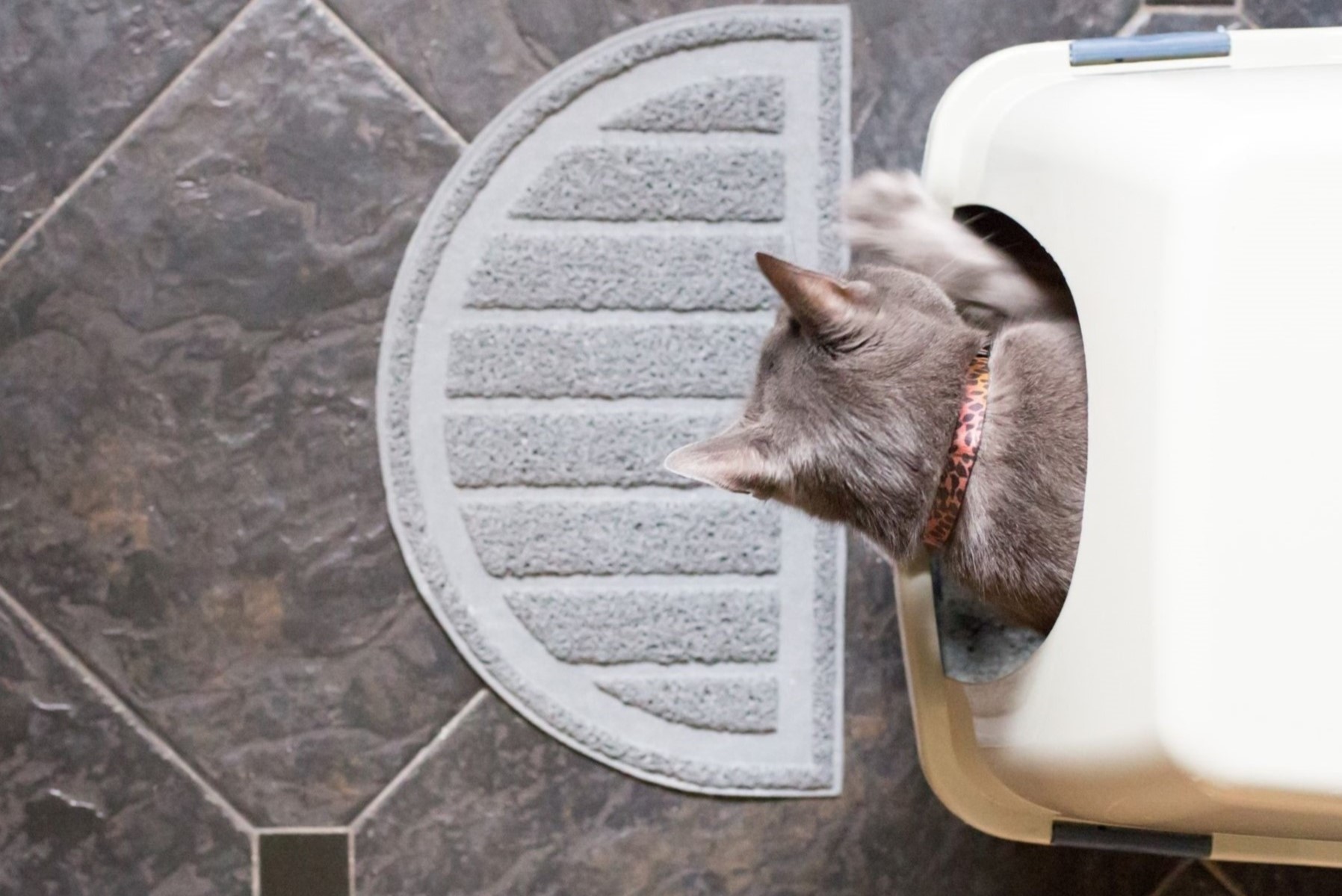

Kitchen Organizing Tools
Why Does Cat Stop Using The Litter Box
Modified: March 2, 2024
Discover the best kitchen organizing tools to keep your space tidy and efficient. Find out why your cat may stop using the litter box and how to address the issue effectively. Unlock solutions for a cleaner, happier home.
(Many of the links in this article redirect to a specific reviewed product. Your purchase of these products through affiliate links helps to generate commission for Storables.com, at no extra cost. Learn more)
Introduction
Cats are known for their fastidious nature when it comes to cleanliness, making the litter box a crucial aspect of their daily routine. However, cat owners may encounter a perplexing situation when their feline companions suddenly stop using the litter box. This unexpected behavior can be frustrating and concerning, prompting the need to delve into the potential reasons behind this change.
Understanding the underlying causes of a cat's refusal to use the litter box is essential for addressing the issue effectively. It is important to recognize that this behavior may stem from various factors, including medical issues, behavioral changes, and environmental influences. By exploring these potential triggers, cat owners can gain valuable insights into their feline friends' needs and preferences, ultimately fostering a harmonious living environment for both the cats and their human companions.
As we embark on this exploration, it's crucial to approach the topic with empathy and a genuine desire to comprehend the complexities of feline behavior. By doing so, we can unravel the mystery behind a cat's aversion to the litter box and take proactive steps to restore their litter box habits. Let's delve into the multifaceted reasons that may underlie a cat's decision to forgo the litter box, shedding light on the intricate interplay of medical, behavioral, and environmental factors.
Key Takeaways:
- Cats may stop using the litter box due to health issues like urinary tract infections and stress-related behavioral problems. Understanding and addressing these issues can help restore their litter box habits.
- Creating a stress-free environment, providing multiple litter boxes, and maintaining cleanliness can encourage cats to use the litter box consistently, promoting positive toileting habits and their overall well-being.
Read more: Why Do Older Cats Stop Using The Litter Box
Medical Issues
When a cat suddenly stops using the litter box, it's essential to consider potential medical issues that could be influencing this behavior. Cats are masters at masking signs of illness, making it challenging for pet owners to discern underlying health concerns. However, several medical conditions could prompt a cat to avoid the litter box.
Urinary tract infections (UTIs) are a common culprit behind litter box aversion in cats. These infections can cause discomfort and pain during urination, leading cats to associate the litter box with their distressing symptoms. As a result, they may seek alternative locations to relieve themselves, such as carpets or soft surfaces. Additionally, UTIs can lead to increased frequency of urination, urgency, and even accidents outside the litter box.
Furthermore, feline lower urinary tract disease (FLUTD) encompasses a spectrum of urinary issues, including bladder inflammation, urinary blockages, and crystalluria. Cats suffering from FLUTD may exhibit signs of distress while attempting to urinate, often associating the litter box with their discomfort. This can result in aversion to the litter box and a preference for urinating in unconventional areas.
In some cases, kidney disease or diabetes could manifest as increased thirst and urination in cats. These conditions may prompt a cat to avoid the litter box due to their heightened urge to urinate frequently. Additionally, older cats may experience age-related ailments such as arthritis, which can make it challenging for them to access the litter box comfortably, leading to avoidance of the litter box.
It's crucial for cat owners to recognize that sudden changes in litter box behavior should prompt a visit to the veterinarian. A thorough examination and diagnostic tests can help identify any underlying medical issues that may be contributing to the cat's reluctance to use the litter box. Addressing these medical concerns is paramount in restoring the cat's litter box habits and ensuring their overall well-being.
By acknowledging the potential impact of medical issues on a cat's litter box behavior, pet owners can take proactive steps to prioritize their feline companion's health. Through timely veterinary intervention and targeted treatment, cats can receive the care they need to overcome medical challenges and reclaim their litter box routines.
Behavioral Issues
Behavioral issues can significantly influence a cat's decision to stop using the litter box, prompting pet owners to delve into the intricate realm of feline behavior. Understanding the behavioral dynamics at play is crucial for addressing this aspect of litter box aversion.
One common behavioral issue that may lead to litter box avoidance is stress or anxiety. Cats are sensitive creatures, and changes in their environment or routine can trigger feelings of unease. This could stem from various sources, including the introduction of a new pet, a change in the household dynamic, or even relocation to a different living space. When cats experience stress, they may seek alternative locations to urinate or defecate, bypassing the litter box altogether. Additionally, conflicts with other pets or perceived threats in the environment can contribute to a cat's decision to avoid the litter box.
Moreover, territorial marking behavior can manifest as a cat's refusal to use the litter box. Unneutered male cats, in particular, may engage in urine spraying as a means of marking their territory. This behavior is driven by instinct and serves as a form of communication with other cats. However, if a cat perceives a threat to its territory or feels the need to assert dominance, it may exhibit marking behavior outside the litter box. This can pose a challenge for pet owners striving to maintain a clean and odor-free living space.
Furthermore, changes in litter box preferences can arise due to the introduction of a new type of litter or a different litter box design. Cats are creatures of habit, and alterations to their toileting environment can disrupt their established routines. Some cats may display aversion to certain types of litter, such as scented varieties or those with coarse textures. Additionally, inadequate maintenance of the litter box, including infrequent cleaning or insufficient litter depth, can dissuade cats from using it.
Understanding the nuanced interplay of behavioral factors is essential for addressing litter box aversion in cats. By creating a conducive and stress-free environment, providing appropriate resources for multiple cats, and ensuring consistency in the litter box setup, pet owners can mitigate behavioral issues that may lead to a cat's refusal to use the litter box.
By recognizing the impact of behavioral dynamics on a cat's litter box behavior, pet owners can implement strategies to foster a harmonious and comfortable environment for their feline companions, ultimately promoting positive litter box habits.
Make sure to keep the litter box clean and in a quiet, accessible location. Cats may stop using it if it’s dirty or if they feel stressed.
Environmental Factors
Environmental factors play a pivotal role in shaping a cat's relationship with the litter box, encompassing various elements within the living space that can influence feline behavior. Understanding the impact of environmental factors is essential for creating an optimal toileting environment that meets the needs and preferences of cats.
The location of the litter box holds significant importance in the eyes of a discerning feline. Cats thrive in environments that offer privacy and security, and the placement of the litter box can either encourage or deter its use. Placing the litter box in a quiet, low-traffic area of the home can provide cats with the seclusion they seek while attending to their toileting needs. Conversely, positioning the litter box in a high-traffic or noisy area can create a sense of vulnerability for cats, potentially leading to aversion.
Furthermore, the presence of multiple cats in a household necessitates careful consideration of the litter box setup. In multi-cat environments, providing sufficient litter boxes is crucial to prevent territorial conflicts and promote harmonious toileting habits. The general guideline recommends having one litter box per cat, plus an additional box to accommodate their needs adequately. This approach minimizes competition for resources and allows each cat to have access to a designated toileting area, reducing the likelihood of litter box aversion.
The type of litter utilized in the litter box also constitutes a significant environmental factor that can impact a cat's toileting behavior. Cats exhibit individual preferences for litter texture, scent, and depth, and accommodating these preferences can contribute to their comfort and satisfaction. Experimenting with different litter varieties, including clumping, non-clumping, and natural alternatives, can help identify the type that resonates best with a cat's preferences, thereby promoting consistent litter box usage.
Moreover, the cleanliness and maintenance of the litter box are paramount environmental considerations. Cats are fastidious creatures and may display aversion to a soiled or malodorous litter box. Regular scooping and thorough cleaning of the litter box are essential to ensure a hygienic toileting environment that meets the standards of feline cleanliness. Additionally, maintaining an appropriate litter depth and replenishing the litter as needed contributes to a comfortable and inviting toileting space for cats.
By acknowledging and addressing the environmental factors that influence a cat's litter box behavior, pet owners can cultivate an environment that supports positive toileting habits. Through thoughtful consideration of the litter box location, provision of adequate resources in multi-cat households, selection of cat-preferred litter, and diligent maintenance practices, pet owners can create an environment that fosters a cat's comfort and encourages consistent litter box usage.
Litter Box Problems
Litter box problems can pose significant challenges for cat owners, requiring a nuanced understanding of the underlying issues to facilitate effective resolution. When a cat exhibits aversion to the litter box, it is essential to explore potential problems that may be contributing to this behavior. By delving into the intricacies of litter box problems, pet owners can gain valuable insights into the factors influencing their feline companion's toileting behavior.
One common issue that can lead to litter box problems is inadequate litter box hygiene. Cats are inherently clean animals and may refuse to use a soiled or odorous litter box. Insufficient scooping frequency and infrequent complete cleanings can result in an unappealing toileting environment for cats, prompting them to seek alternative locations for elimination. Additionally, using strong-scented cleaning products or harsh chemicals near the litter box can create aversion in cats, as they are sensitive to odors and may find such scents off-putting.
Furthermore, the type of litter utilized in the litter box can significantly impact a cat's willingness to use it. Cats exhibit individual preferences for litter texture, scent, and depth, and an unsuitable litter choice can lead to litter box aversion. Experimenting with different litter varieties, including clumping, non-clumping, and natural alternatives, can help identify the type that resonates best with a cat's preferences, thereby promoting consistent litter box usage.
In multi-cat households, competition for litter box resources can give rise to litter box problems. Territorial disputes or perceived threats from other cats can lead to stress and anxiety, prompting some cats to avoid the litter box altogether. Providing an adequate number of litter boxes, following the general guideline of one box per cat plus an additional one, can mitigate resource-related conflicts and promote harmonious toileting habits among multiple cats.
Additionally, changes in the household environment or routine can trigger litter box problems in cats. Relocation to a new home, the introduction of a new pet, or alterations in the daily schedule can induce stress and anxiety in cats, leading to changes in their toileting behavior. Understanding the impact of environmental changes on a cat's litter box habits is crucial for addressing and resolving these issues effectively.
By recognizing and addressing the various litter box problems that may affect a cat's toileting behavior, pet owners can implement targeted strategies to create a conducive and inviting toileting environment for their feline companions. Through diligent litter box maintenance, consideration of litter preferences, and proactive measures to mitigate environmental stressors, pet owners can foster positive litter box habits and ensure the well-being of their beloved cats.
Read more: Why Did My Cat Stop Using Her Litter Box
Conclusion
In conclusion, the decision of a cat to stop using the litter box can stem from a myriad of factors, encompassing medical issues, behavioral dynamics, environmental influences, and specific litter box problems. Understanding the multifaceted nature of this issue is essential for cat owners seeking to address and resolve their feline companion's litter box aversion effectively.
By delving into the realm of medical issues, it becomes evident that cats may exhibit litter box aversion due to underlying health concerns such as urinary tract infections, feline lower urinary tract disease, kidney disease, diabetes, and age-related ailments. Recognizing the potential impact of these medical conditions is crucial for prompt veterinary intervention and targeted treatment, ultimately restoring the cat's litter box habits and ensuring their overall well-being.
Behavioral issues also play a significant role in influencing a cat's decision to avoid the litter box. Stress, anxiety, territorial marking behavior, and changes in litter box preferences can all contribute to litter box aversion. By creating a conducive and stress-free environment, providing appropriate resources for multiple cats, and ensuring consistency in the litter box setup, pet owners can mitigate behavioral issues and promote positive litter box habits.
Environmental factors, including the location of the litter box, the presence of multiple cats, litter preferences, and maintenance practices, exert a profound influence on a cat's toileting behavior. By acknowledging and addressing these environmental factors, pet owners can cultivate an environment that supports positive toileting habits, fostering a cat's comfort and encouraging consistent litter box usage.
Furthermore, specific litter box problems, such as inadequate hygiene, unsuitable litter choices, competition for resources in multi-cat households, and environmental changes, can contribute to a cat's aversion to the litter box. By recognizing and addressing these issues, pet owners can implement targeted strategies to create a conducive and inviting toileting environment for their feline companions, ensuring their well-being and promoting positive litter box habits.
In essence, the complex interplay of medical, behavioral, environmental, and specific litter box factors underscores the importance of a holistic approach to addressing a cat's litter box aversion. By embracing empathy, understanding, and proactive intervention, cat owners can navigate this challenge with compassion and dedication, ultimately fostering a harmonious living environment for both the cats and their human companions.
Frequently Asked Questions about Why Does Cat Stop Using The Litter Box
Was this page helpful?
At Storables.com, we guarantee accurate and reliable information. Our content, validated by Expert Board Contributors, is crafted following stringent Editorial Policies. We're committed to providing you with well-researched, expert-backed insights for all your informational needs.
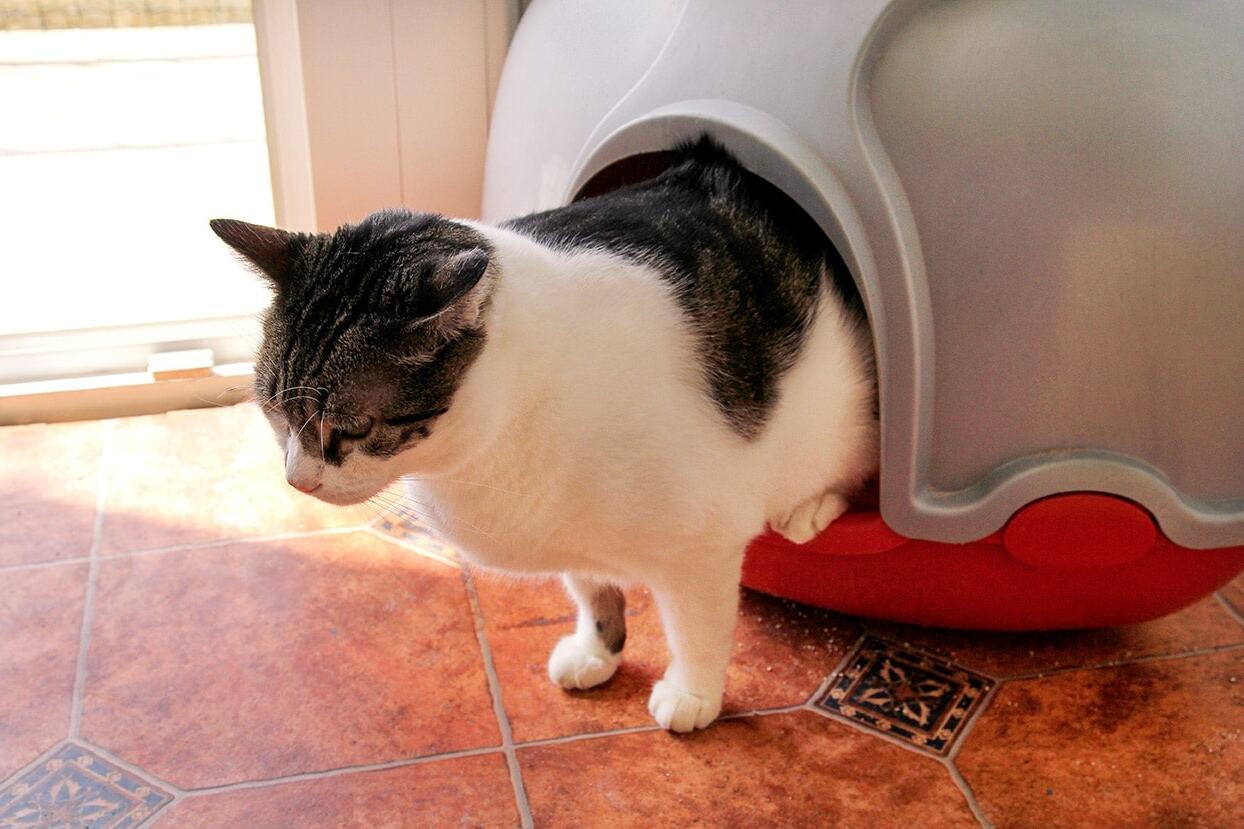
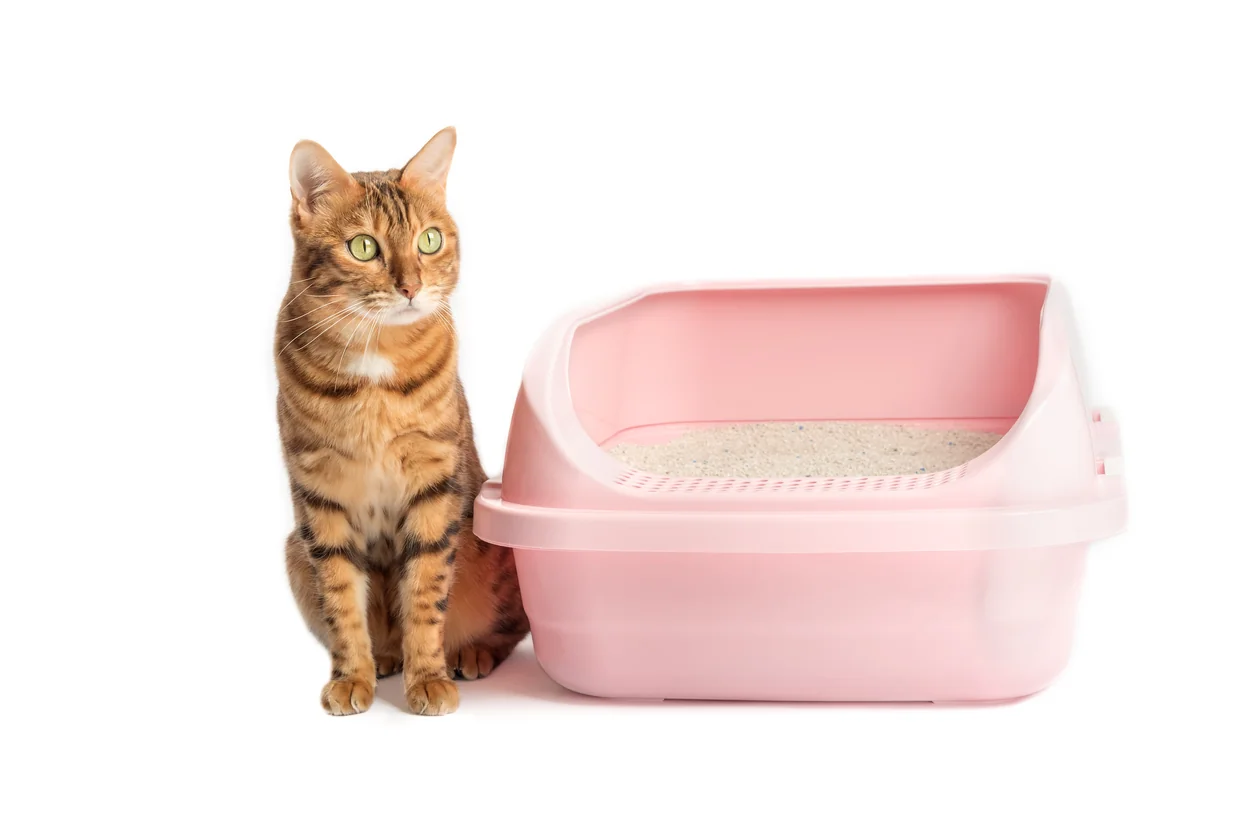
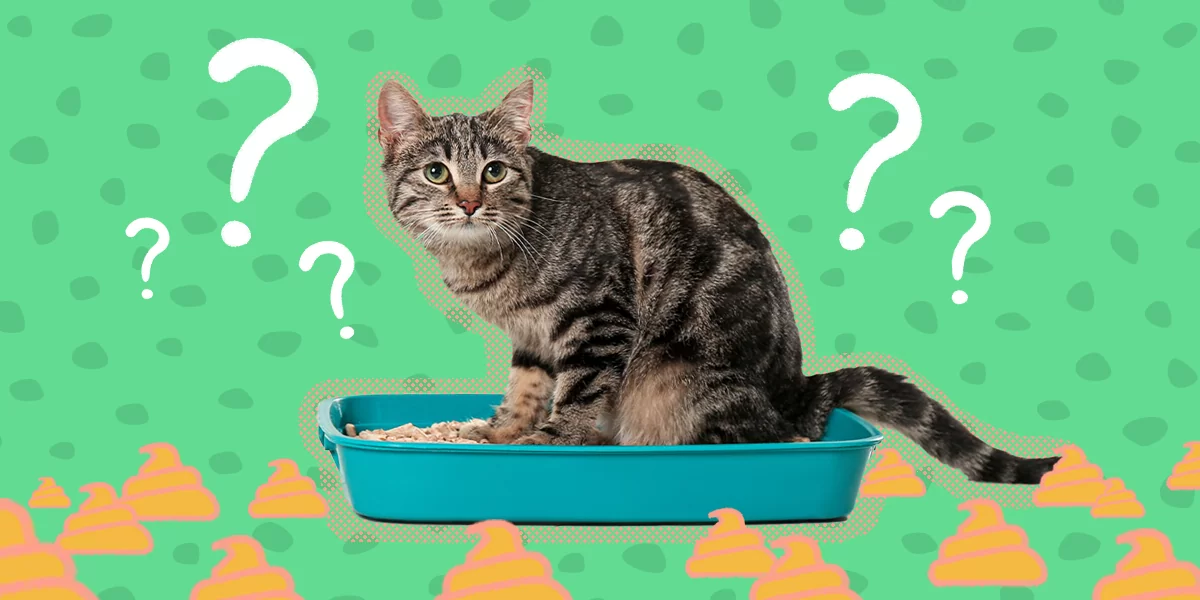
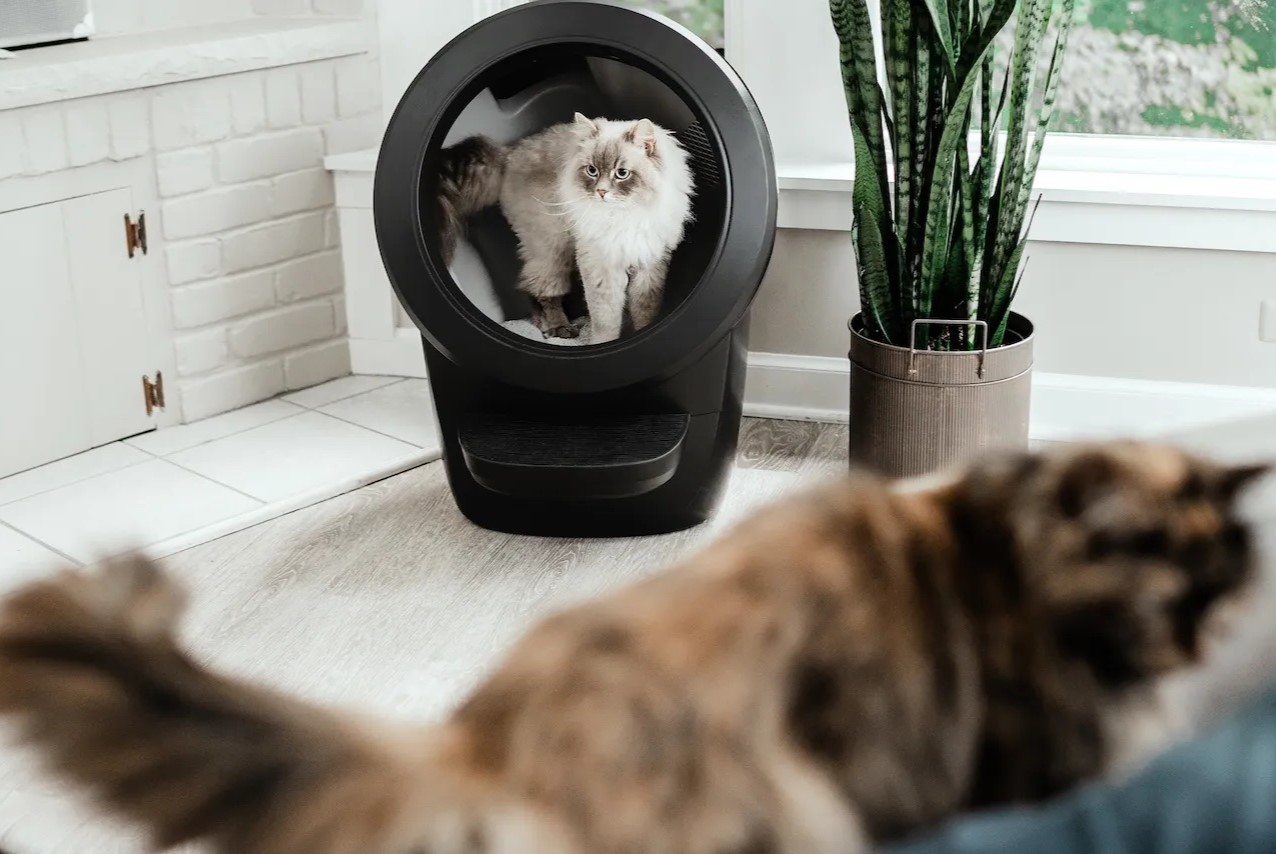
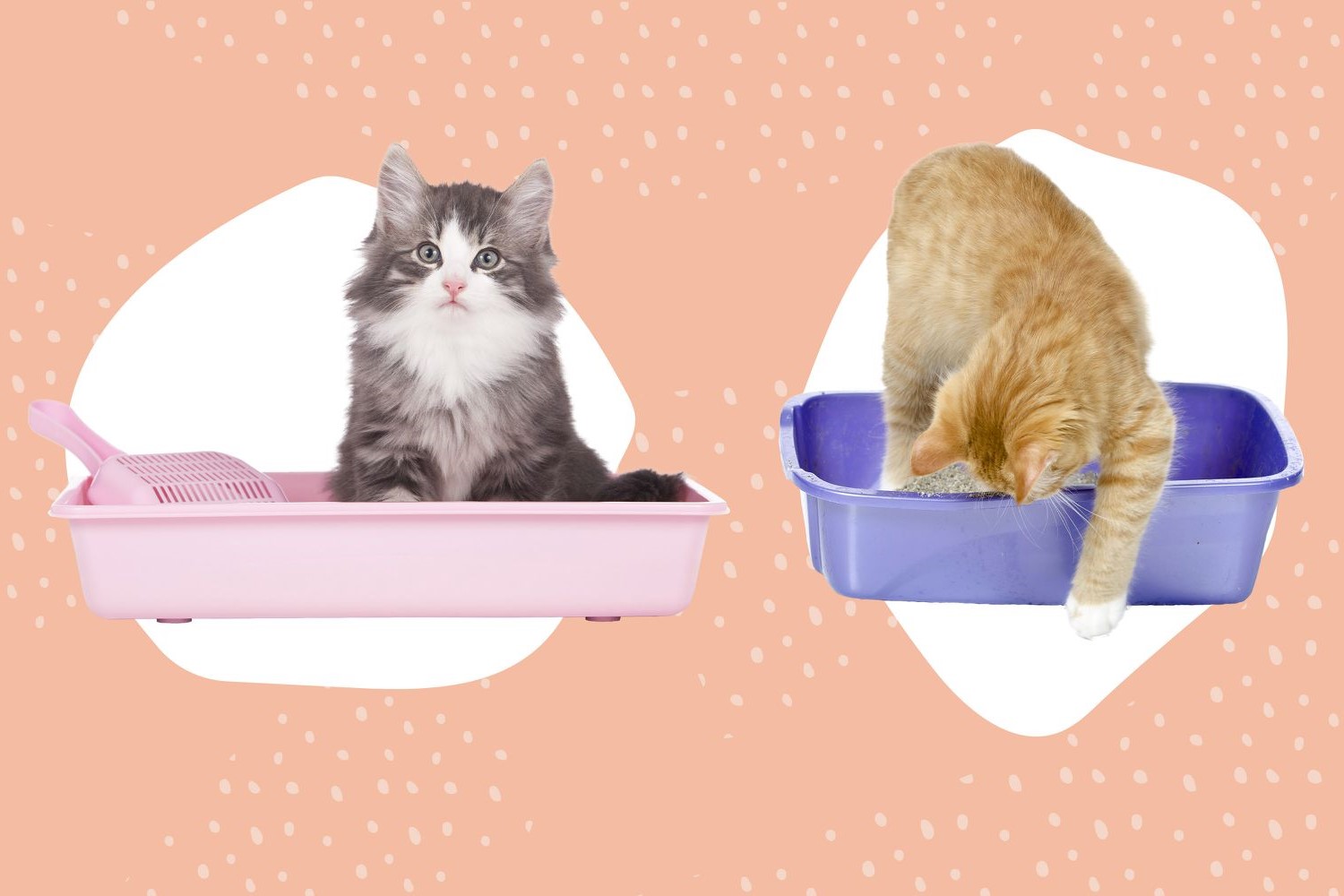
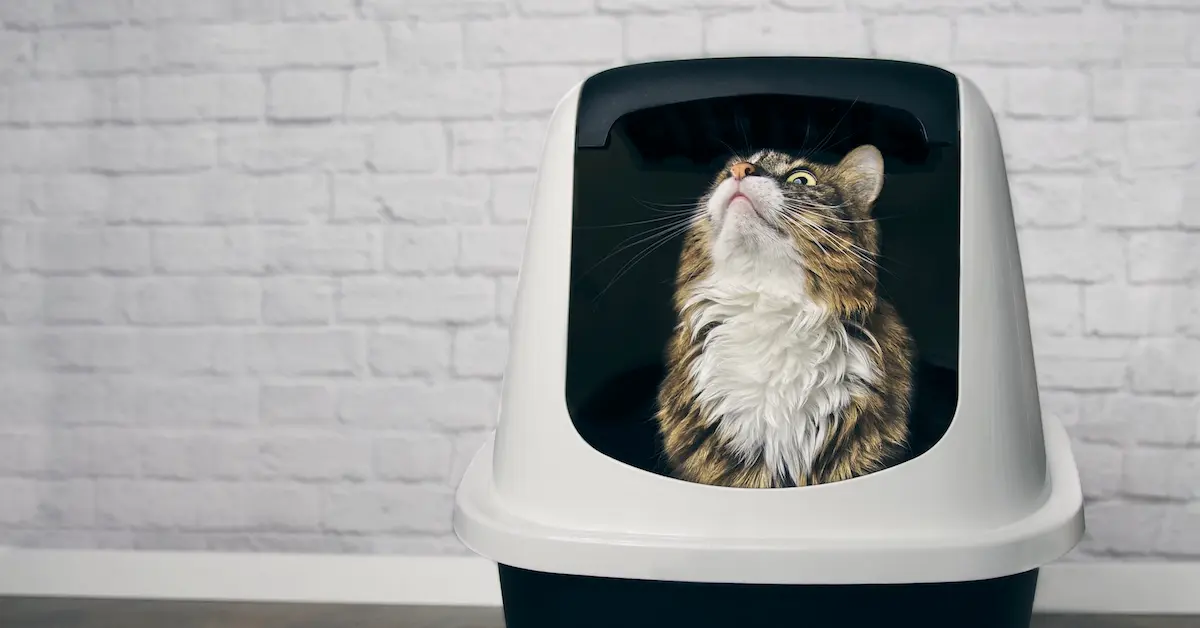
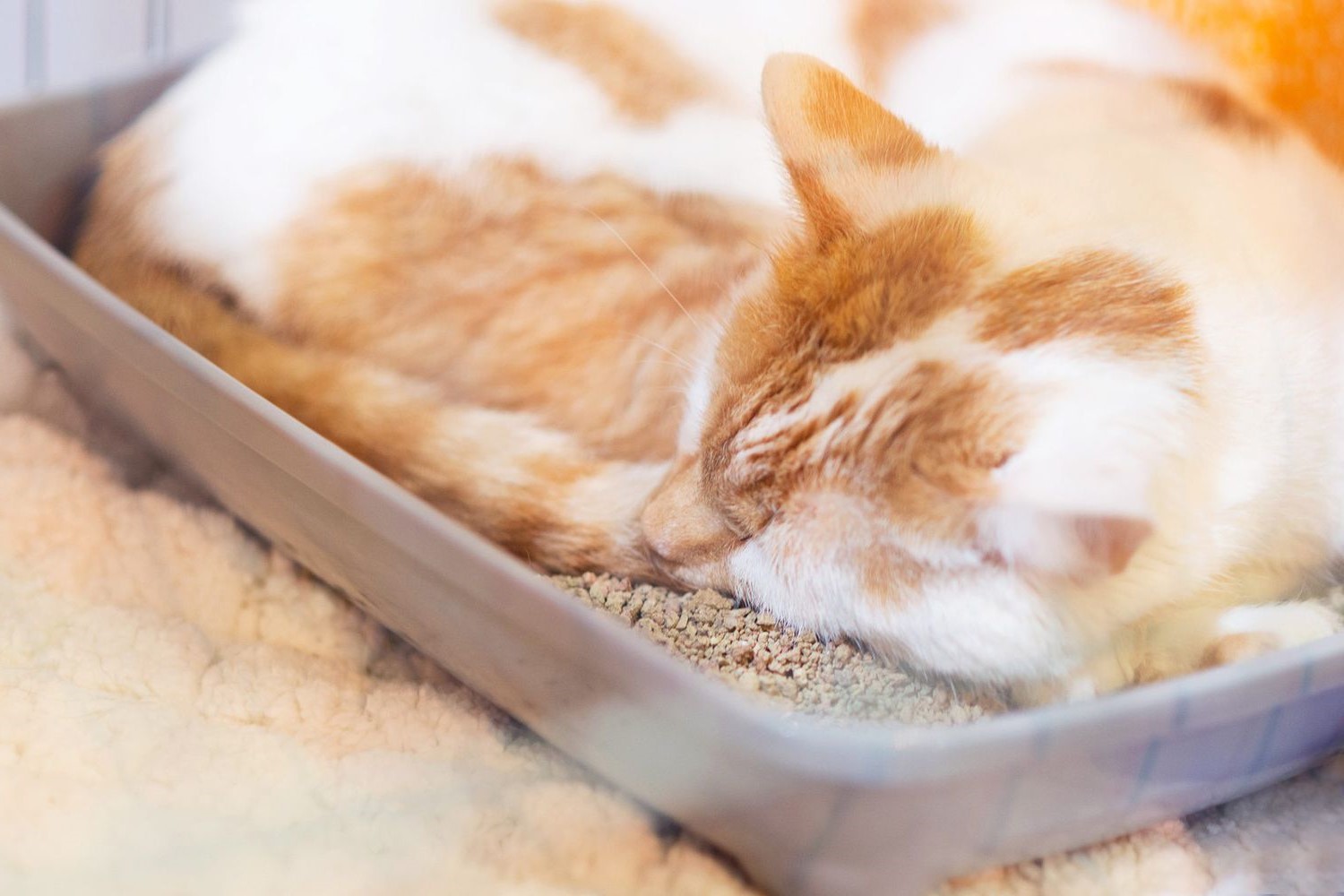
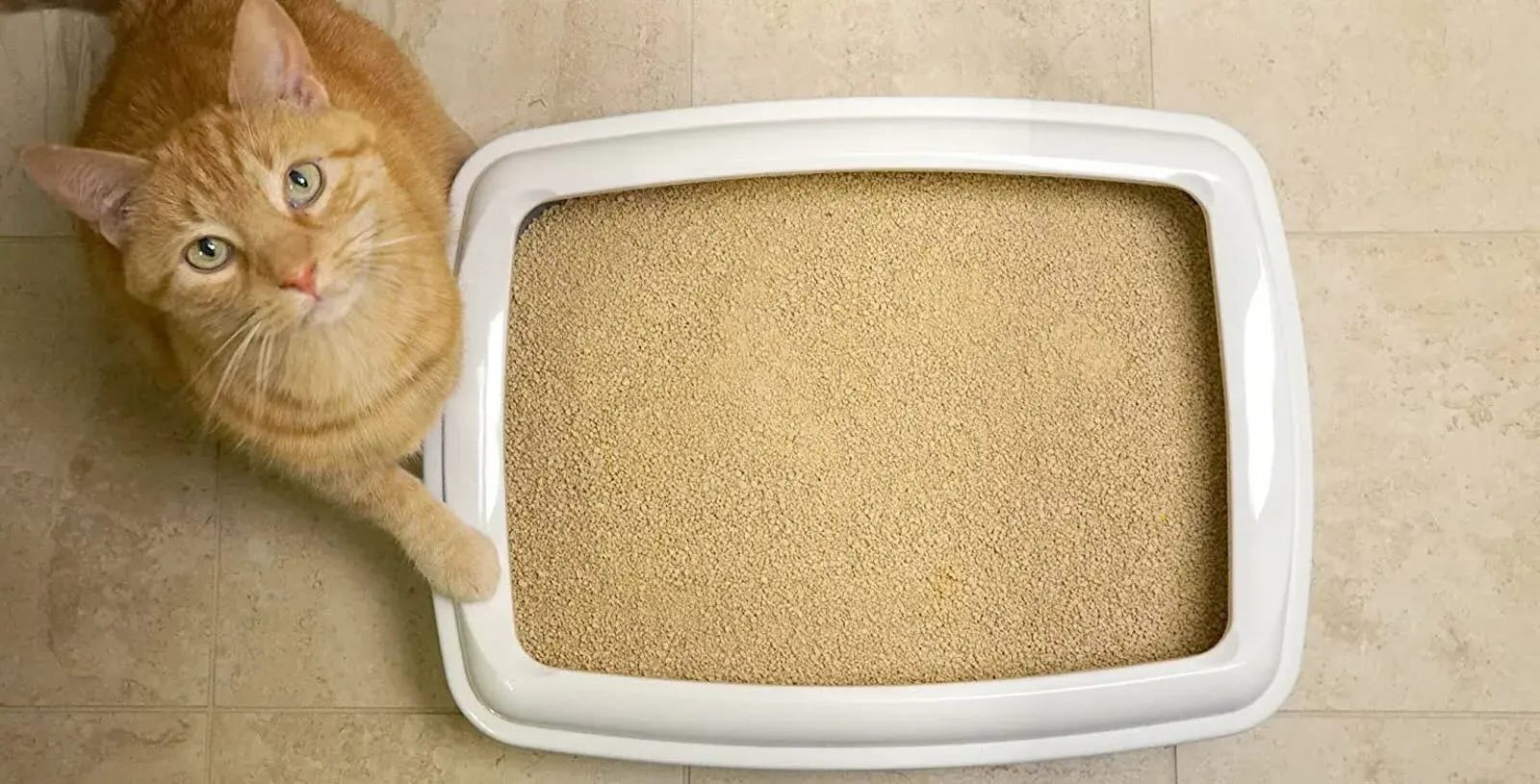
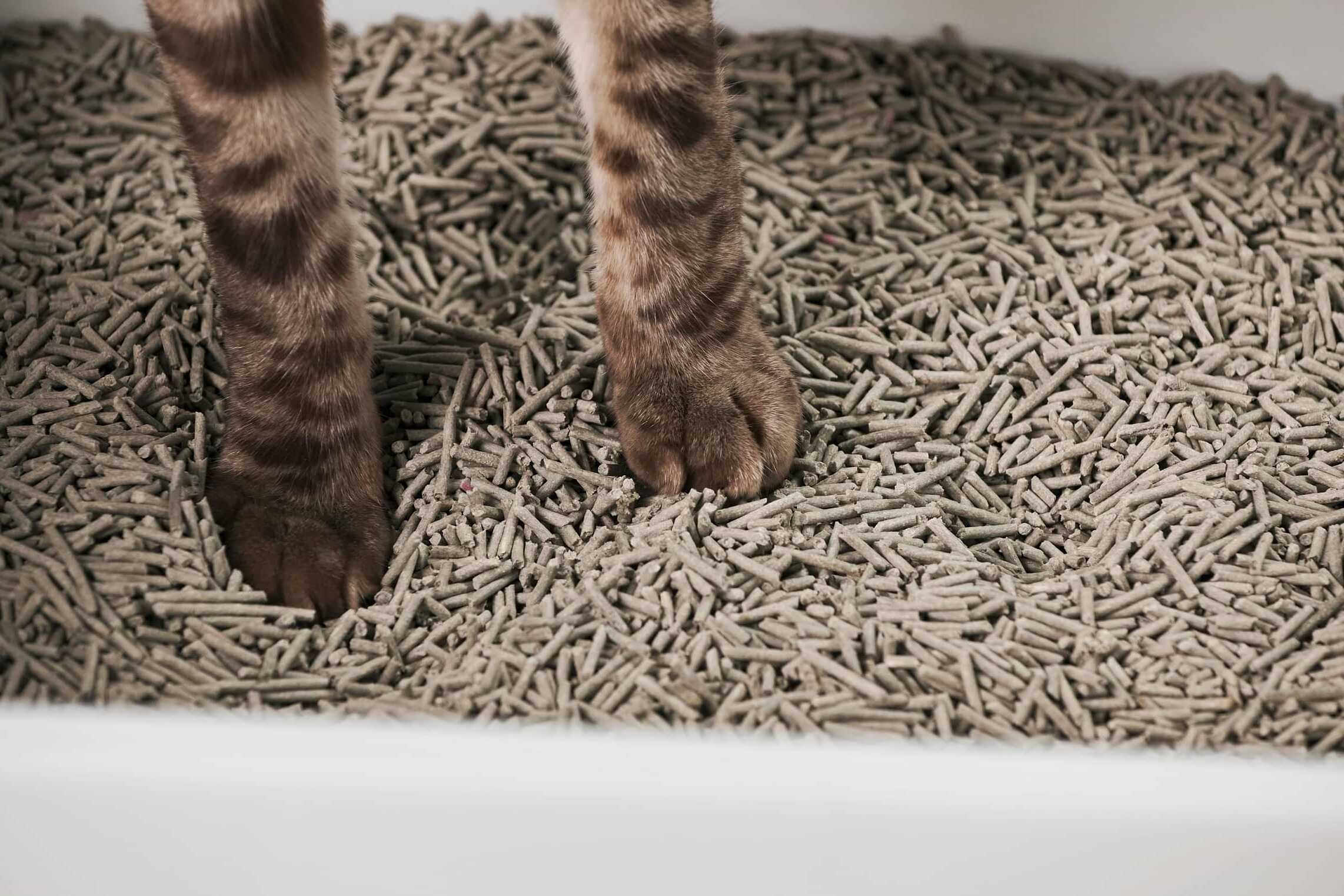
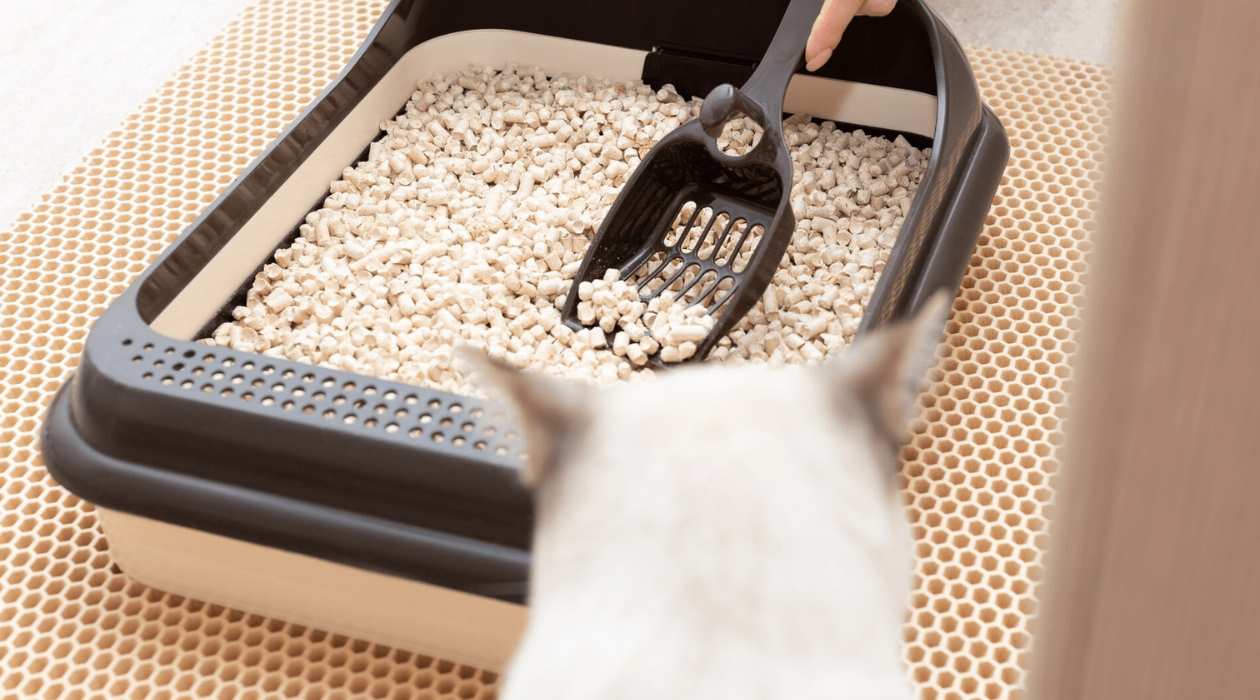
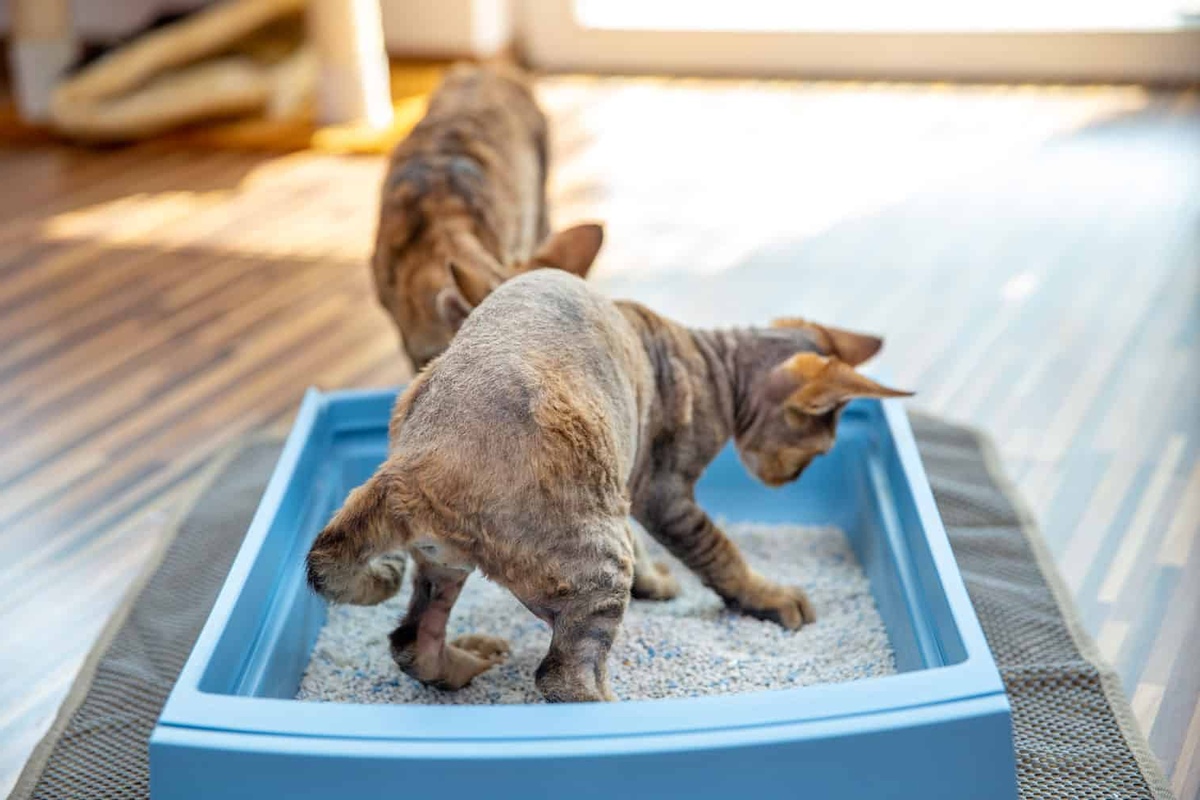
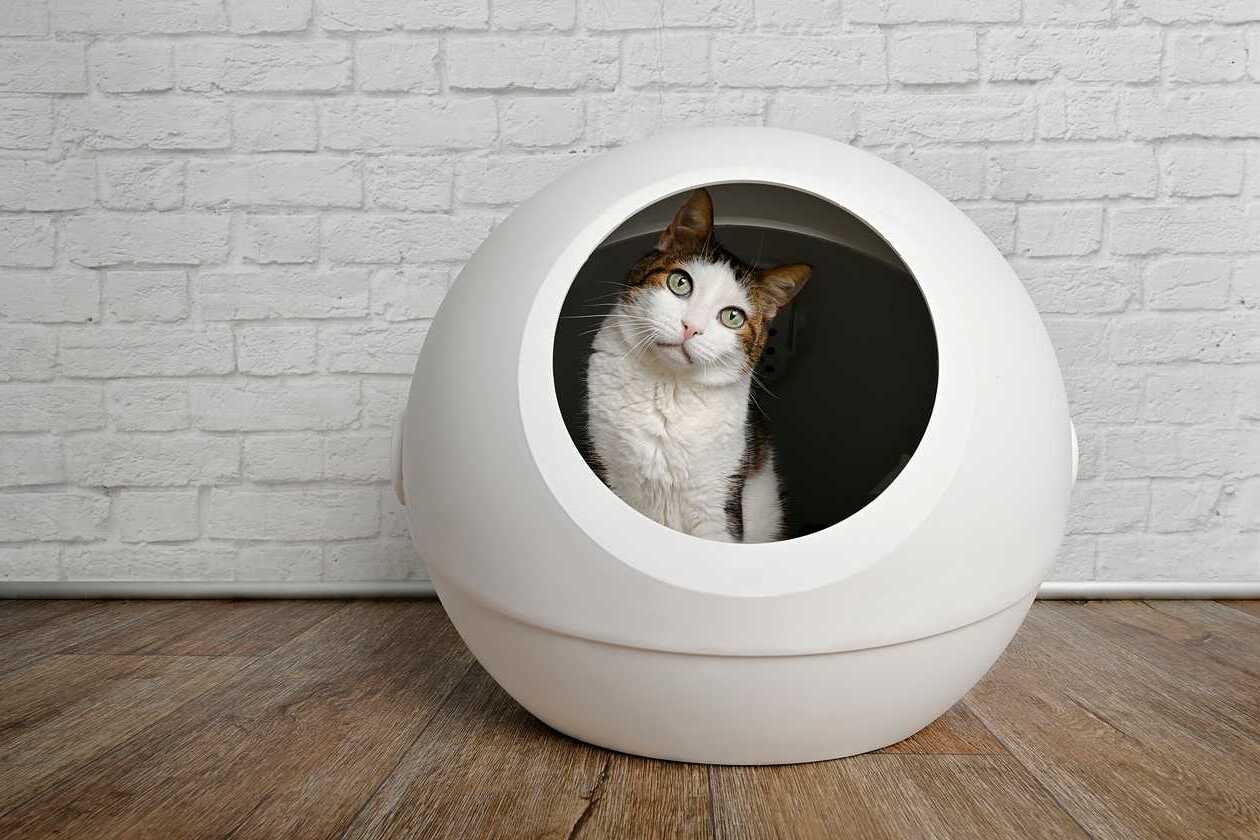
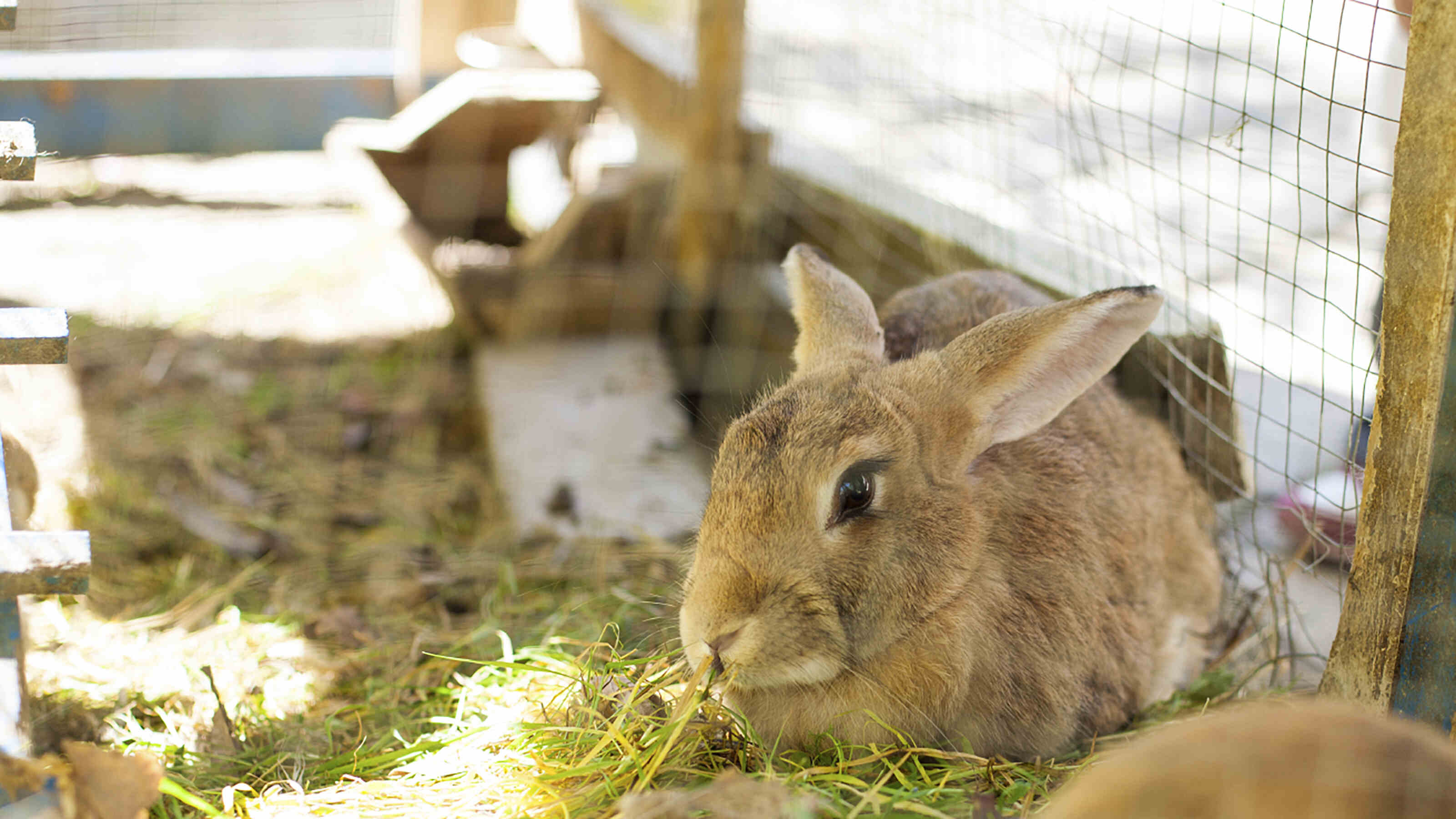
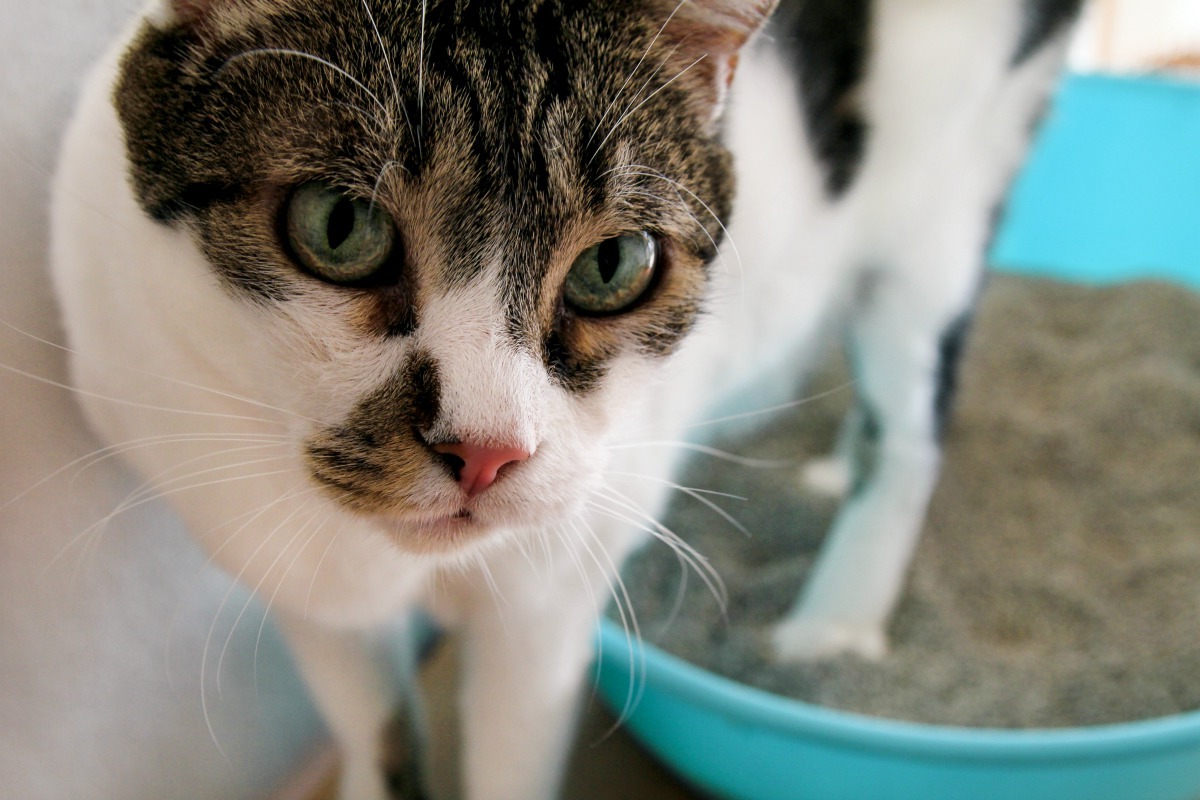

0 thoughts on “Why Does Cat Stop Using The Litter Box”